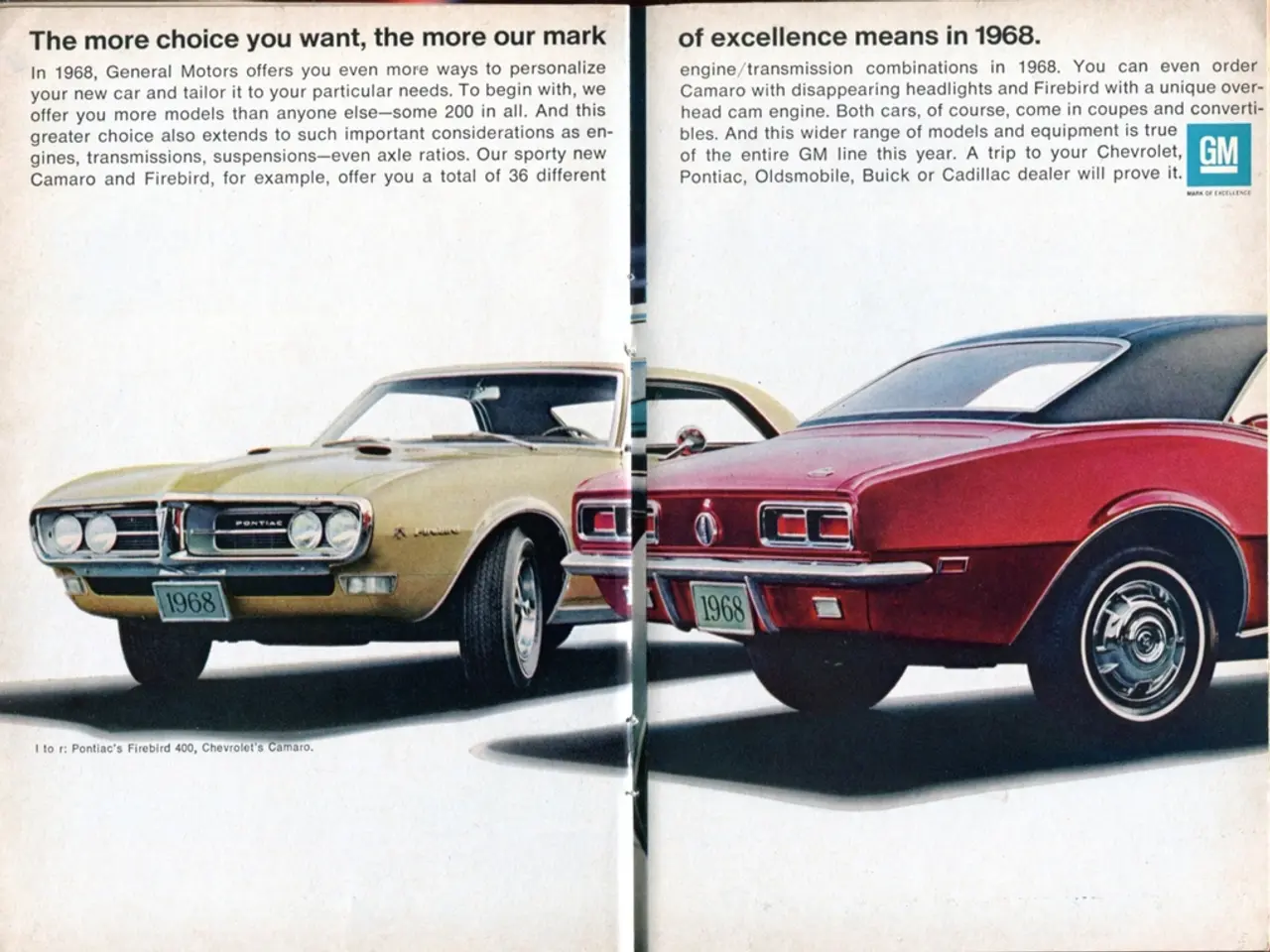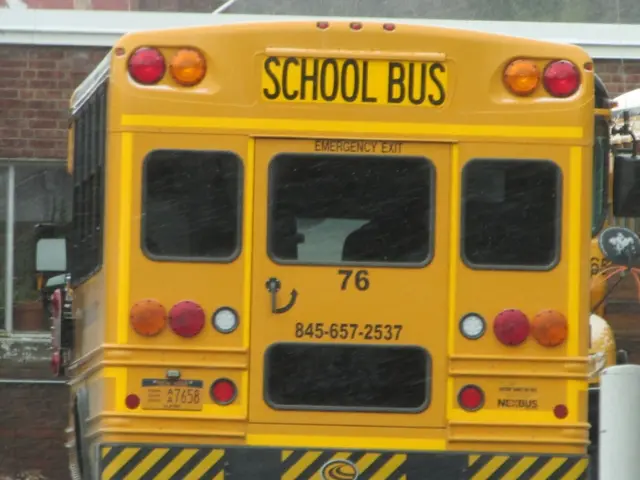Auto loan sizes in Rostov region have risen by a third, reaching an average of 1.2 million rubles, according to recent statistics.
In the first half of 2025, the average auto loan amount in the Rostov region reached a record high of 1.2 million rubles, according to a study conducted by analysts from Russia's largest bank on the auto loan market in the region. This figure represents a 33% increase compared to the same period in 2024 when the average loan stood at 921 thousand rubles.
The study also revealed that the most auto loans were taken out in April and June 2025, with 360 each month, totalling almost 1,500 loans from January to June. This surge in auto loans amounted to a staggering 1.8 billion rubles in total.
While the specific factors contributing to the increase in the average auto loan size are not directly mentioned in the study, there are several plausible explanations.
One factor could be the inflation and rising prices that Russia has faced in recent years. Sanctions, currency fluctuations, and the ongoing costs of the Russo-Ukrainian war have contributed to significant inflationary pressure, leading to higher vehicle prices and, consequently, larger loan sizes.
Another factor could be the increased interest rates set by the Central Bank of Russia. By mid-2024, key interest rates had risen to 18%, a level that was likely sustained through 2025. While higher rates can suppress borrowing amounts, they can also increase the total loan size required to purchase similar vehicles due to financing costs.
Economic conditions and financing availability may also have played a role. Despite sanctions and economic challenges, certain small and medium-sized enterprises (SMEs) and regional businesses, including those near borders like Rostov, have seen increased financial support and credit availability through national guarantee systems and government-backed programs, potentially stimulating demand for financed vehicle purchases in both commercial and personal use.
Lastly, regional developments could have influenced the demand for larger or more expensive vehicles. Given its strategic location amid ongoing geopolitical events, the Rostov region might experience shifts in transportation and commerce needs, causing residents and businesses to finance larger or more expensive vehicles.
In conclusion, while the study does not cite these factors directly, it is reasonable to infer that inflation-driven vehicle price increases, tight but accessible financing conditions, and regional economic shifts related to trade and geopolitical factors likely contributed to the increase in average auto loan size in Rostov for the first half of 2025.
The surge in auto loans in the Rostov region might be connected to the rise in vehicle prices due to inflation. This increase in prices, resulting from factors like sanctions, currency fluctuations, and the Russo-Ukrainian war, could have amplified the total loan size required for individuals.
Furthermore, the study suggests that the Central Bank's elevated interest rates could have led to higher loan sizes due to the increased financing costs associated with borrowing. This circumstance, along with economic conditions and financing availability in Rostov, may have stimulated the demand for larger or more expensive financed vehicles.




